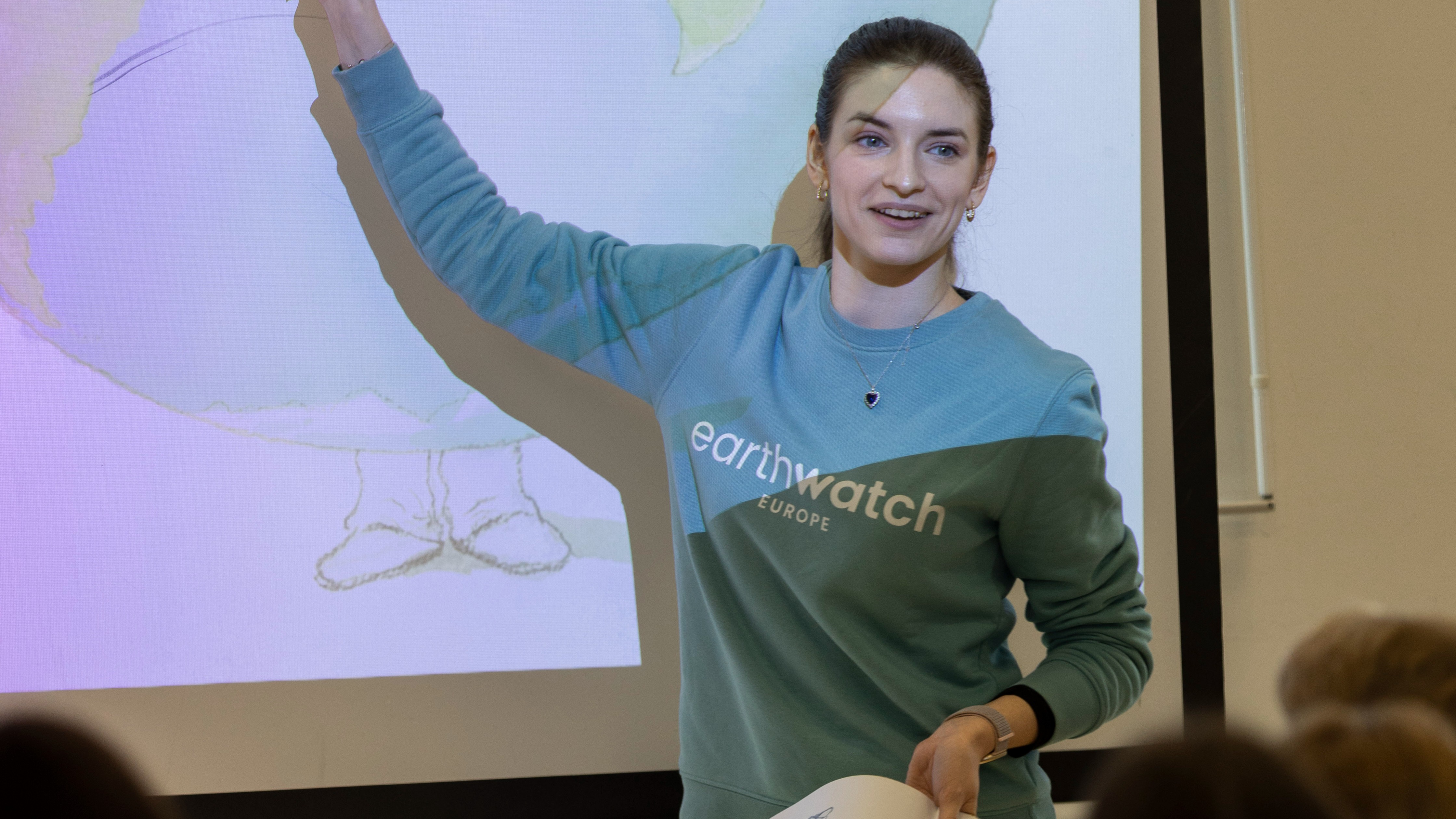Communicating climate change through a picture book
In celebration of World Book Day this Thursday 2nd March, I (Emma) would like to share a book I recently used in our Teach Earth Teacher Training Programme with our Primary trainees in London.
These teachers shared with us that they struggle to communicate climate change, the process behind it, as well as the impact it has on the planet with their younger pupils, and would like some ideas on how to handle that discussion. To facilitate a roleplay with the trainees, I used a book titled Hello Mr World by Michael Foreman.
It is a captivating picture book to engage the younger pupils that relies on their compassion and empathy for Mr World as a character, rather than their understanding of geography, weather patterns, or the impact of global warming on wildlife. To lean more effectively into this, I used the 'Role on the Wall' template, where a simple silhouette outline of a character can be filled in with descriptions of the inner world - thoughts, feelings and characteristics. The outer side can then surround the silhouette with the circumstances of the character - what is happening to it and around it, what events have an impact on this character. This helps the young children understand that the planet is a living entity and that the actions of others, such as humans, can negatively impact it.
The book also explains some of the causes of climate change, specifically about air pollution, and some information about greenhouse gases or carbon dioxide could be introduced here to delve deeper if you believe your pupils are interested and could handle this content. To help remove barriers further, I added sticky notes with 'carbon dioxide' spelled out to the illustrations, and used dots and dashes to help the pupils utilise their phonics knowledge to read these new words.
The end of the book offers some non-fiction text to introduce more context about climate change, carbon dioxide and deforestation, as well as a section on individual action. This could facilitate a discussion in your classroom about the actions a lot of schools already encourage, such as turning off the lights when leaving a room, conserving water, not leaving the cars idling by the school, and so on. It helps the children make the connection between these behaviours and the wider impact that positive collective action can have on the planet.
Throughout the book, there are also great opportunities for partner and small group discussions, modelling inferring and predicting, as well as relating to the characters' emotions and circumstances, which could then be used for some creative writing, PSHE, science or geography work.
I hope that this helps you address some of the limitations and barriers when teaching environmental education in your classroom. Please share with us any reflections on using this or other similar books to introduce climate change to young pupils.
Happy World Book Day!
